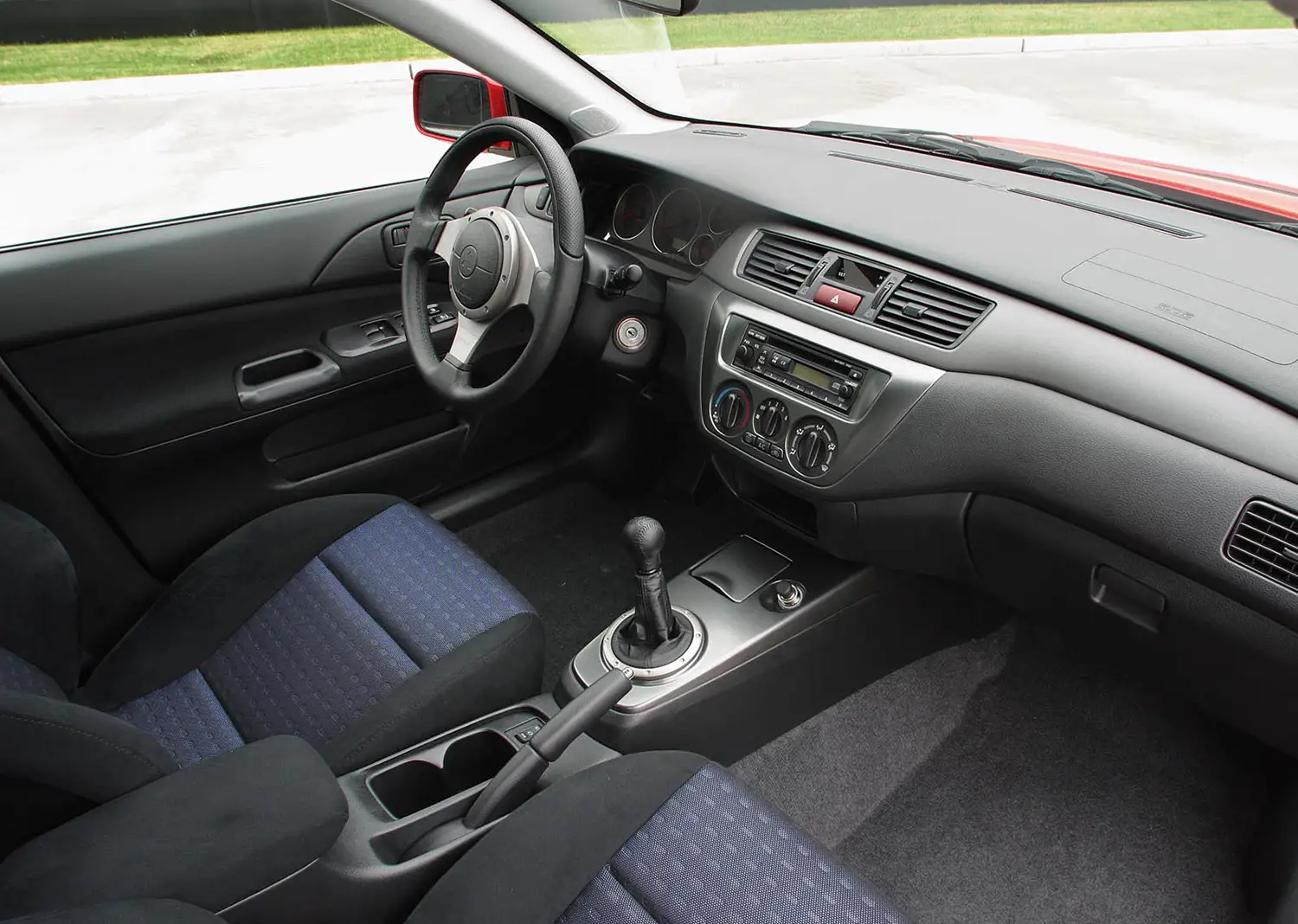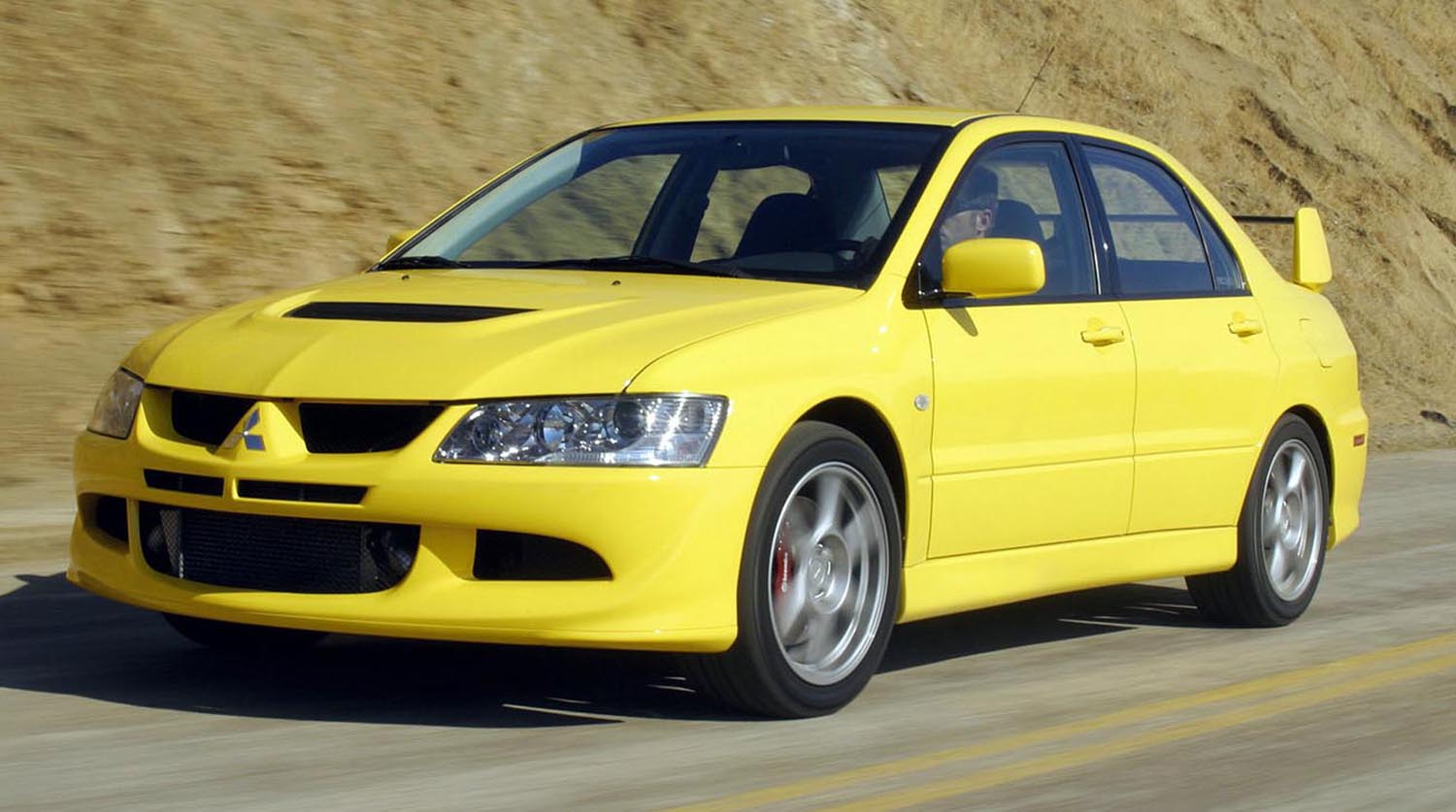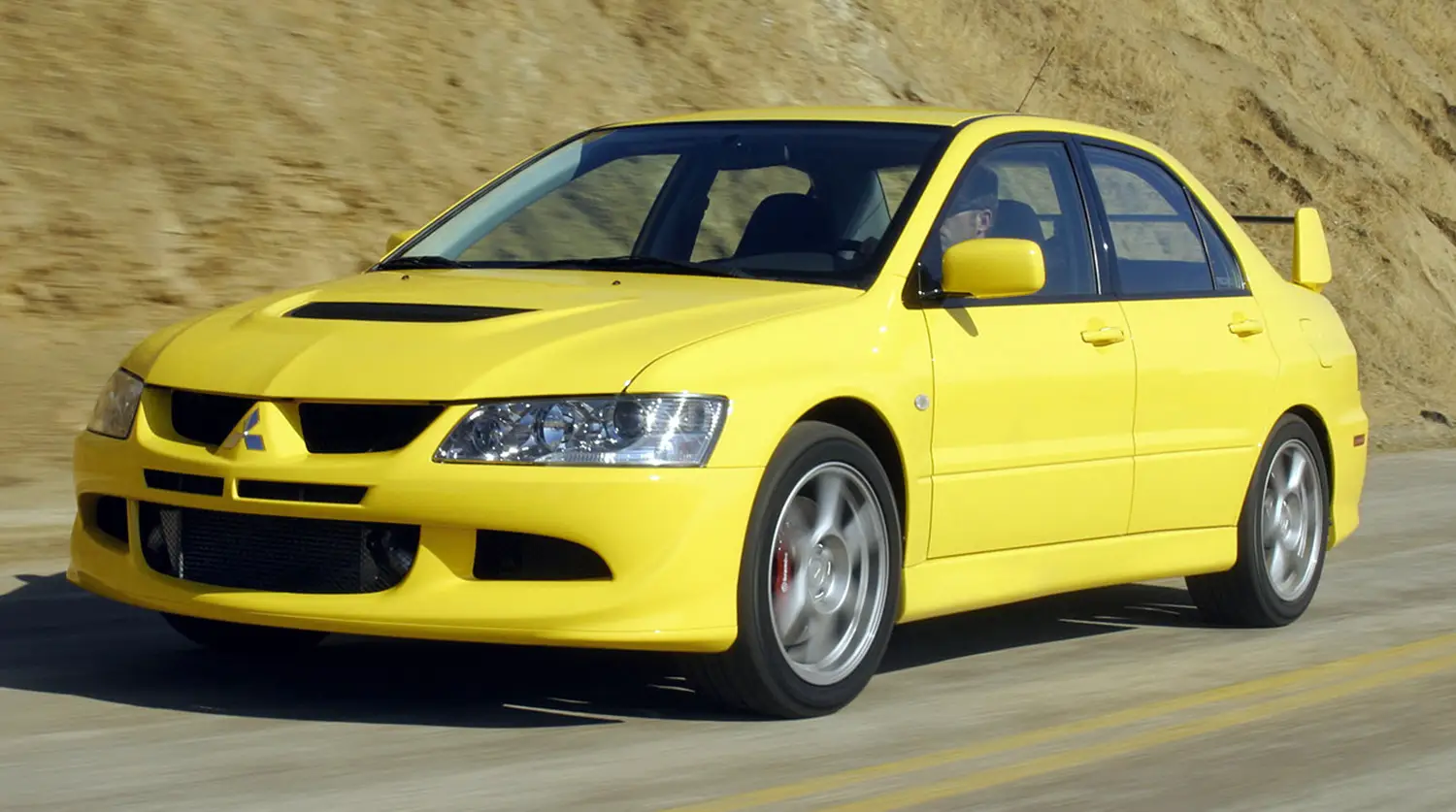
The 2003 Mitsubishi Lancer Evolution, often called the Evo VIII, is an icon. This machine represents a critical turning point for the legendary JDM series. It was the first time this rally-bred weapon officially arrived on North American shores. The Evo VIII immediately cemented its reputation as a giant-slayer, challenging far more expensive sports cars with its advanced technology and ferocious performance straight out of the box.
Birth of a Rally Legend on the Road
The Lancer Evolution lineage began in 1992 in Japan. Mitsubishi developed the car for the World Rally Championship (WRC) Group A homologation rules. The formula was straightforward yet potent: take the mundane Lancer body, then inject it with a turbocharged heart and an all-wheel-drive system. This rally pedigree is the core foundation of the 2003 Mitsubishi Lancer Evolution.
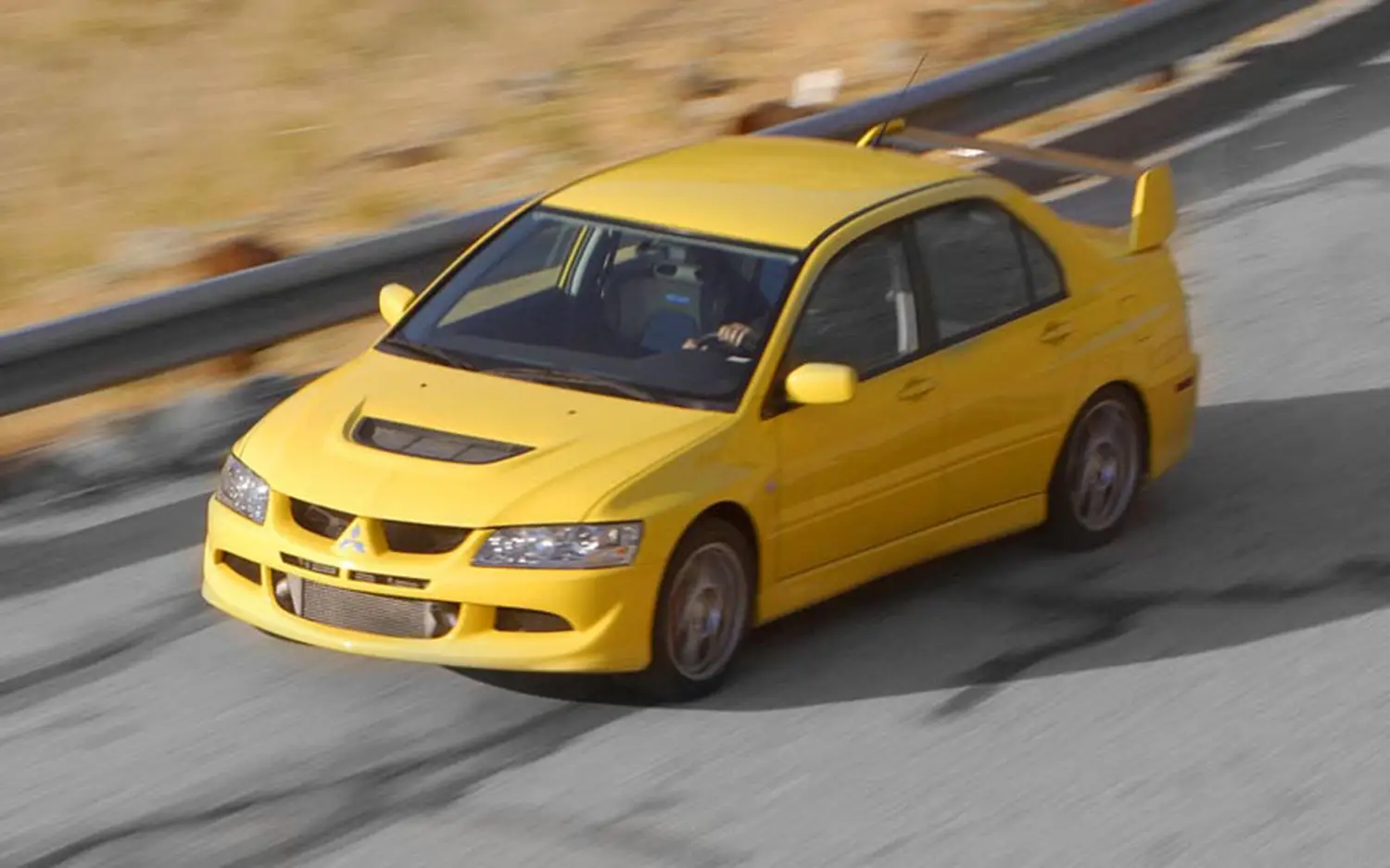
The WRC DNA in the Chassis
Each generation of the Evolution was a direct reflection of its competitive environment. The Evo VIII, introduced in 2003, built on years of rally experience. It carried the legacy of four consecutive WRC Driver’s Championships won by Tommi Mäkinen between 1996 and 1999. The car’s aggressive styling was purely functional, not for show.
Purposeful Design and Aerodynamics
The exterior design screamed performance. It featured blistered fenders to accommodate a wider track. An aluminum hood saved weight and featured functional vents to aid cooling. The large rear wing, often made with a carbon fiber airfoil in some trims, was a crucial component. This wing was not just for looks; it provided significant downforce for high-speed stability.
Pioneering the All-Wheel-Drive Revolution
What truly separated the 2003 Mitsubishi Lancer Evolution from most competitors was its sophisticated drivetrain. Mitsubishi’s All-Wheel Control (AWC) philosophy was the engineering marvel beneath the skin. This was an advanced system for its time.
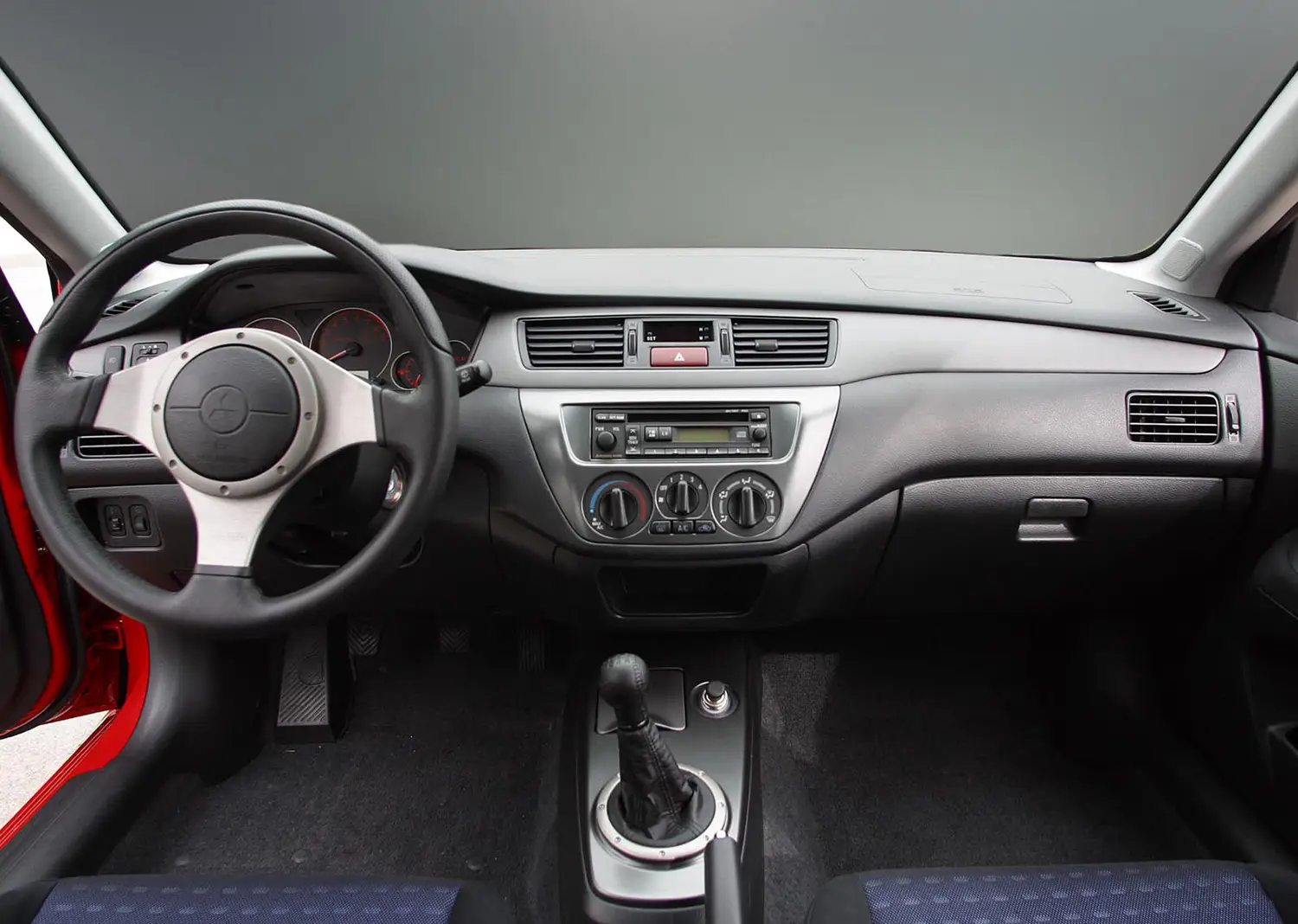
Active Yaw Control (AYC) and the Center Differential
The Evo VIII utilized an Active Yaw Control (AYC) system. This technology worked to manage torque distribution between the rear wheels. It effectively enhanced cornering ability by subtly controlling yaw moment. This system worked in conjunction with the Active Center Differential (ACD). The ACD offered selectable modes for Tarmac, Gravel, and Snow.
The Evolution of Handling Precision
The AWD and differential systems provided surreal road holding and telepathic responses. This allowed drivers of all skill levels to push the limits confidently. The chassis was a rigid, reinforced Lancer unibody. Welded seams and thicker mounting points significantly increased torsional rigidity for predictable handling. It was engineered for the rigors of rally stages.
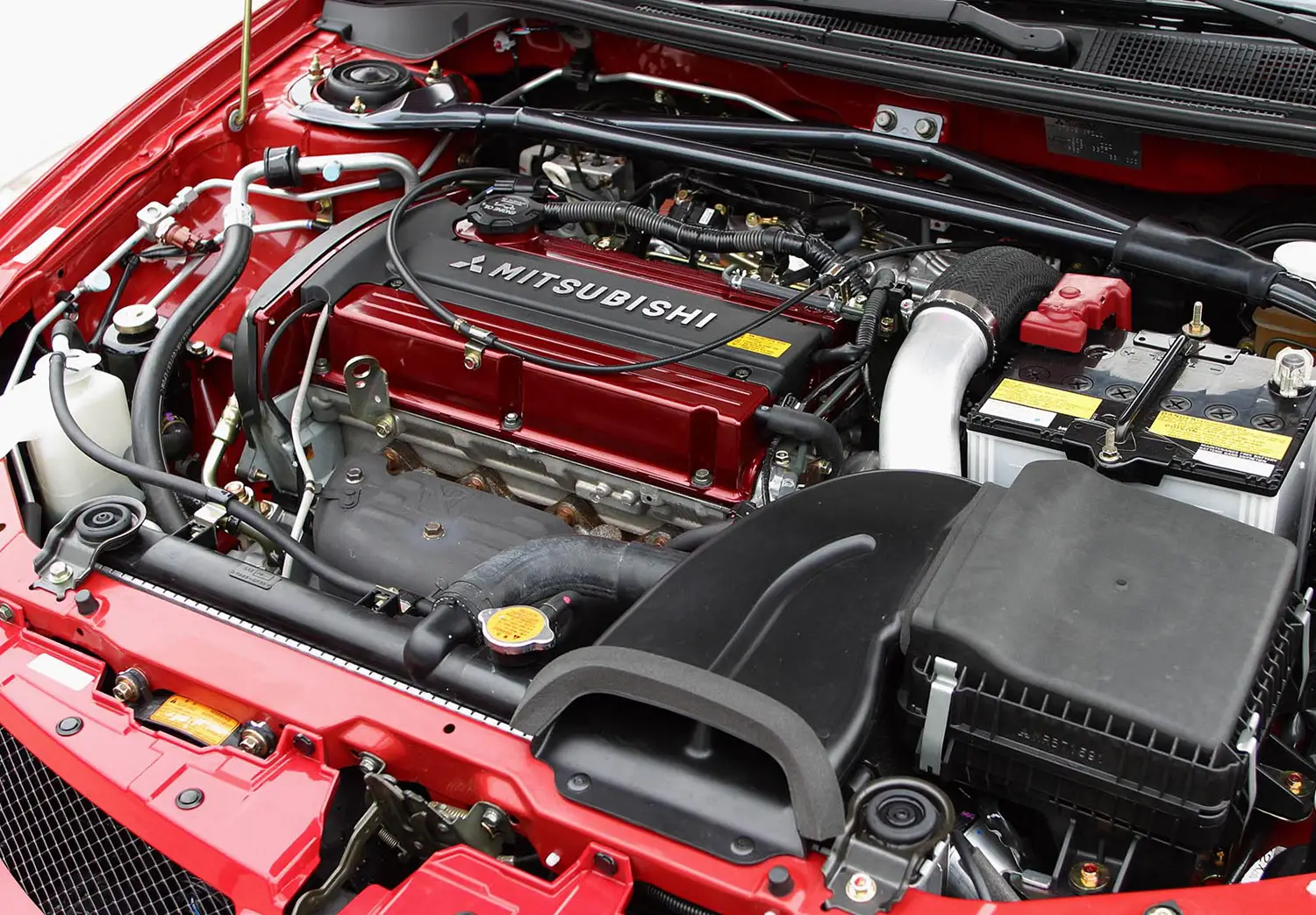
The Heart of the Beast: Engine and Performance
The soul of the 2003 Mitsubishi Lancer Evolution is its renowned powerplant. This engine contributed enormously to its iconic status. It is an engine celebrated by tuners worldwide for its robustness.
The Evo VIII was powered by the legendary 4G63 inline four-cylinder engine. It featured a turbocharger and an intercooler. In its US-market specification, it produced 271 horsepower at 6500 rpm. Critically, it delivered 273 lb-ft of torque at a low 3500 rpm. This low-end grunt, combined with a five-speed manual transmission, provided shocking acceleration. The Brembo ventilated disc brakes, with 14-inch rotors in the front, ensured stopping power matched the ferocious speed.
A Cult Following and Lasting Influence
The Evolution’s arrival in the US in 2003 ignited a cultural phenomenon. It finally provided a direct competitor to the Subaru Impreza WRX STi. This created the legendary rivalry that captivated a generation of enthusiasts. The Evo instantly became a favorite for street racing, track days, and tuning projects.
The 2003 Mitsubishi Lancer Evolution remains a highly desired collector car. Its reputation for overbuilt mechanicals and tuning potential has not faded. It is a pure, uncompromised performance sedan that genuinely feels connected to its racing heritage. This raw and visceral appeal is what defines the lasting legacy of the Evo VIII.
Disclaimer: Content on this site is for informational purposes only. Vehicle specs, pricing, and availability may change. Always verify details with official sources before making decisions. Opinions are those of the authors.
